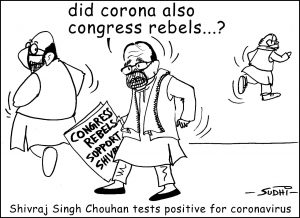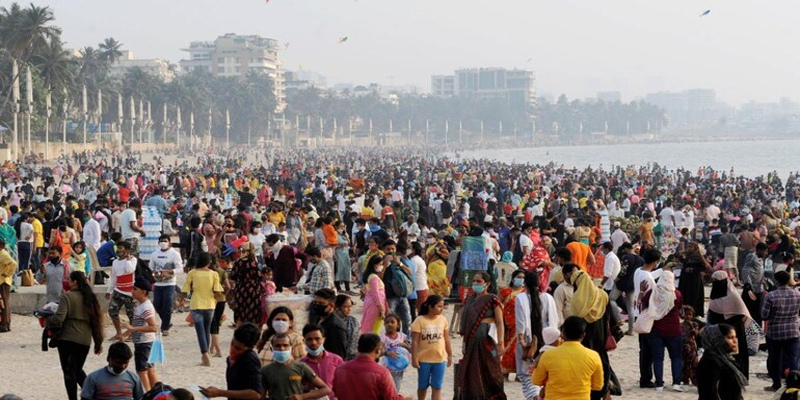Our Correspondent
Israel and Hamas agreed on a ceasefire across the Gaza Strip border early on May 21, bringing a tenuous stop to the fiercest fighting in many years. Egypt mediated the truce.
Israeli Prime Minister Benjamin Netanyahu’s office said his security cabinet had voted unanimously in favour of a “mutual and unconditional” Gaza truce proposed by Egypt.
The truce began at 2 a.m. (2300 GMT on May 20) local time after 11 days of Israeli-Palestinian hostilities.
US President Joe Biden said his country would help rebuild war-ravaged Gaza. Aid would be coordinated “in a manner that does not permit Hamas to simply restock its military arsenal”, he said. It would be done with the help of Palestinian Authority run by Hamas’ rival President Mahmoud Abbas, and based in the Israeli-occupied West Bank.
The United States was also committed to replenishing Iron Dome interceptors that helped Israel fend off the more than 4,300 rockets fired at it from Gaza during the latest conflict.
Thousands of Palestinians went on a celebratory rally after the ceasefire took effect; many viewed it as costly but clear victory for Hamas. Israel vowed to respond with a “new level of force” to any further hostilities.
The 11-day war left more than 200 dead — majority of them Palestinians — and brought widespread devastation in the impoverished Hamas-ruled Gaza Strip. But the rocket barrages that brought life to a standstill in much of Israel were seen by many Palestinians as a bold response to perceived Israeli abuses in Jerusalem, the heart of the conflict.
Many Israelis were shocked by the sheer scale of the attacks launched from Gaza and the inability of defence systems to entirely protect them.




























